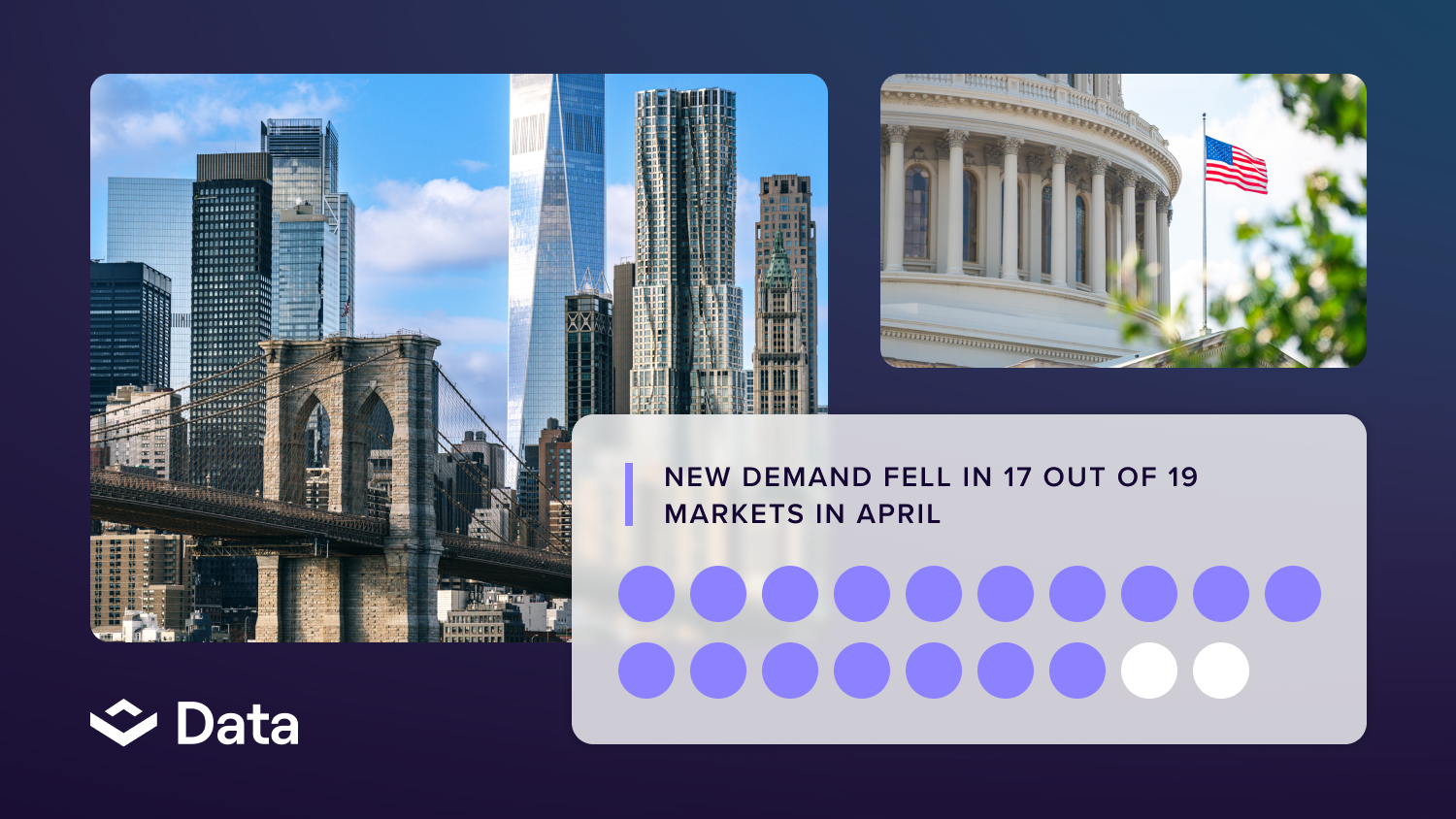
The days of lagging portfolio information and manual data aggregation are quickly falling behind us. Large investment management firms are adopting new technologies to ensure they have asset information at their fingertips in real-time, ultimately helping them drive portfolio performance.
LaSalle Investment Management’s Head of U.S. Asset Management, Kristy Heuberger, Invesco’s Managing Director, Michael Kirby, and New York Life Insurance Company’s Senior Director, Regional Head of Asset Management, Alan Rubenstein, recently came together at Accelerate 2017 to discuss how their respective companies are leveraging technology to make better decisions about their portfolios.
Technology today: integrating new web-based solutions with existing base systems
While asset managers have had core base systems to manage functions such as accounting for some time, new, web-based technologies are enabling firms to manage their portfolio information more holistically.
LaSalle’s Kristy Heuberger recalled how 10 years ago she would receive a monthly push report on conversion ratios and leasing activity. While the report was useful, it was on a month lag and only available to leadership; individual asset managers weren’t able to leverage the information to improve the performance of their buildings.
“Today, it’s a whole different story,” said Heuberger. She is now able to access detailed current asset information and actively identify trends, on her iPad or laptop when it’s top of mind as opposed to when the report comes out.
This real-time dynamic of available tools is what excites Kirby the most as well, who said Invesco is at different stages of implementation and adoption of various platforms.
When asked by an attendee about how Invesco is marrying these platforms together, Kirby replied: “That’s nirvana. We’re not there yet.”
Invesco has a proprietary system it started building four years ago before these newer technologies became available and robust. He said it now leans towards buying platforms it would never be able to build itself, with the goal of marrying these new technologies with the proprietary system to form a one-stop shop.
From a business intelligence standpoint, it’s important to use open architecture—or software that is designed to make adding, upgrading or swapping information easy—according to Rubenstein. To that end, New York Life is being selective in the technologies it adopts.
“They do need to play nicely in the sandbox and integrate, or we’re not interested,” he said.
Kirby agreed, noting that the most valuable solutions can be used across Invesco’s entire portfolio and speak to a wide variety of other platforms. Any software that is specific to a provider or property type has limited benefits.
Determining the most important information to analyze
While there’s a vast amount of interesting information that can be captured, not all of it is useful. Kirby explained that his team is highly focused on benchmarking their portfolio data against information in a broader context, such as prior industry performance or an index, or a set of your own comps.
“Data informs decisions,” he said. “We rely a lot on experience and judgement which is great, but if you can augment that with good information that helps people make better decisions, then I think you’re going to produce better results and performance.”
Rubenstein noted that he has seen effective analysis taking place at the portfolio management level, with attribution analyses allowing managers to gain an indepth understanding of where a portfolio is performing well, or underperforming.
Tackling the challenges to adoption
The panelists agreed that data integrity — accuracy and completeness of information entered into a system — is an integral facet of the technology conversation. In essence, how do you ensure your team is entering information into the system, and that it’s correct?
An advantage to newer technology is that it allows you to see which employees are inputting information and which ones aren’t, Rubenstein said. Kirby added that Invesco can pull exception reports that show where data is missing, allowing it to enforce data entry.
If the technology is not easy to use and doesn’t make employees’ jobs simpler, they won’t adopt it, Rubenstein warned. “So, we have to be selective about the technology we pick … that’s how you get buy-in.”
Another challenge to adoption is that when people are busy, they revert to muscle memory and shun the tools you give them, instead relying on way they’ve always conducted business, Heuberger added. However, LaSalle has made adoption of new technology an employee and company-wide goal, using the information it collects from its platforms to evaluate how teams are doing. Heavy lifting at the start of the process ensures long term success and better insights across their portfolios.
Overwhelmingly, the panelists agreed that, as an industry, we’re only in the beginning phases of leveraging the true power of technology to drive portfolio performance. With the pace of change only increasing and the capabilities of current technology companies quickly evolving, leading investment management firms are focused on positioning themselves to be ready to capitalize on these advancements.
Missed Accelerate 2017? Watch videos of every keynote and breakout session here.






